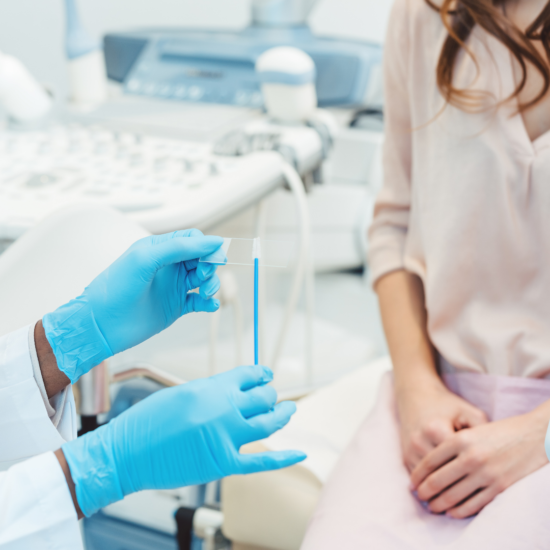
Human Papillomavirus (HPV)
Human Papillomavirus (HPV) is the most common sexually transmitted infection. It affects 80% of the active population. It is therefore important to know how it is transmitted, how it is prevented and how it can be treated.
It is asymptomatic in most of the population and there are more than 100 known serotypes. In the majority of cases, the infection is spontaneously healed through immunity, but its persistence can lead to genital warts and cervical cáncer (the second most common after breast cancer). Therefore, getting checked for the presence of the virus is essential for maintaining good long term health.
How is it detected?
HPV is detected by culture. With a cervical-vaginal smear, cells are obtained from the cervix that will later be analysed under a microscope. The sample is obtained in consultations by a specialist and is simple and painless.
It can be performed on any sexually active patient but screening takes place between the ages of 25-65 years. Many types of HPV affect the mouth, throat or genital area. They are easy to contract, and cannot be entirely avoided through preventative measures.
You can get HPV from:
- any skin-to-skin contact of the genital area
- vaginal, anal or oral sex
- sharing sex toys
How do I know if I am a 'carrier'?
It is asymptomatic, so prevention relies on: detection of precursor lesions by cervical cytology at routine gynaecological screening and administration of the HPV vaccine. Ideally, the HPV vaccine should be administered before the onset of sexual activity, but it can be given at any age. Cervical cancer is preventable and early detection is important for a cure.
Cervical cancer is preventible and curable if it is detected in time! Go for regular gynaecological check-ups to encourage early diagnosis, to learn about prevention strategies and to ask our specialists questions. Find out more information immediately at the WHO website.
Leave a Comment
(0 Comments)